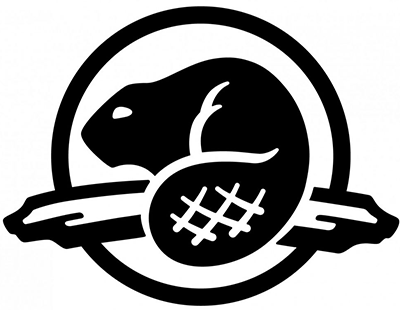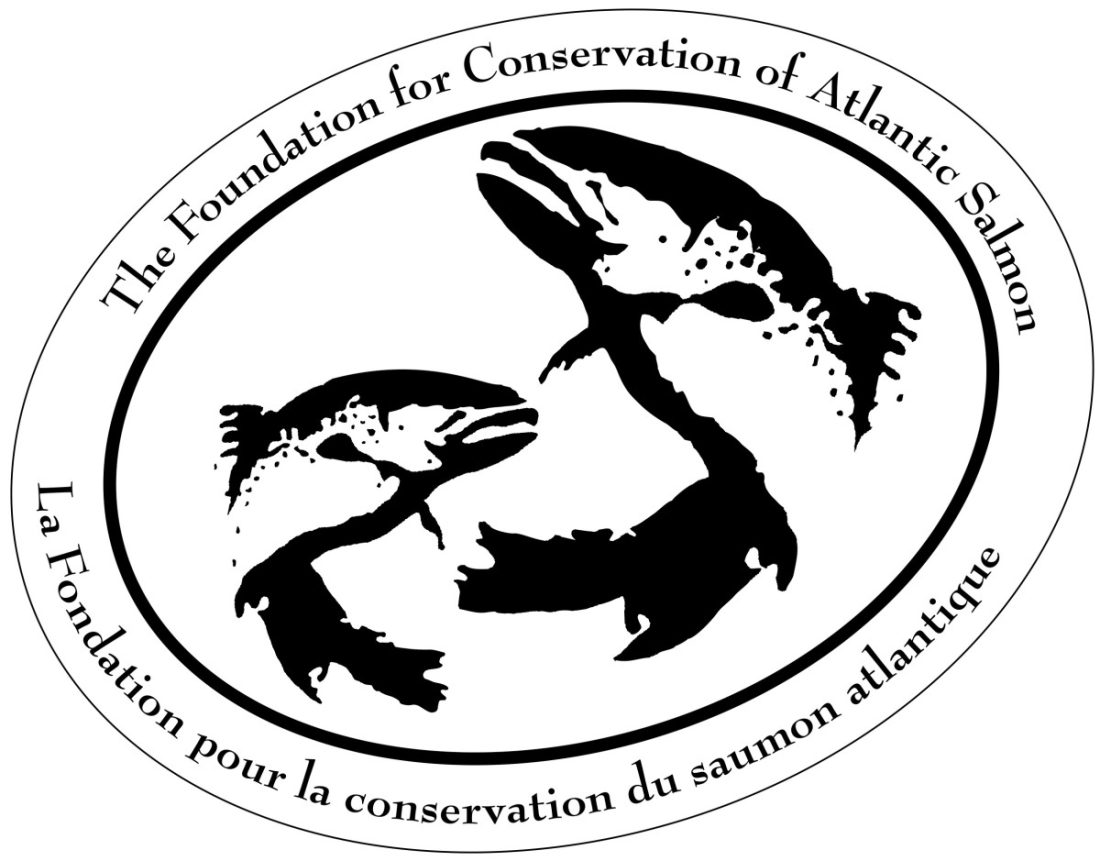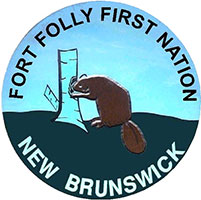About Us
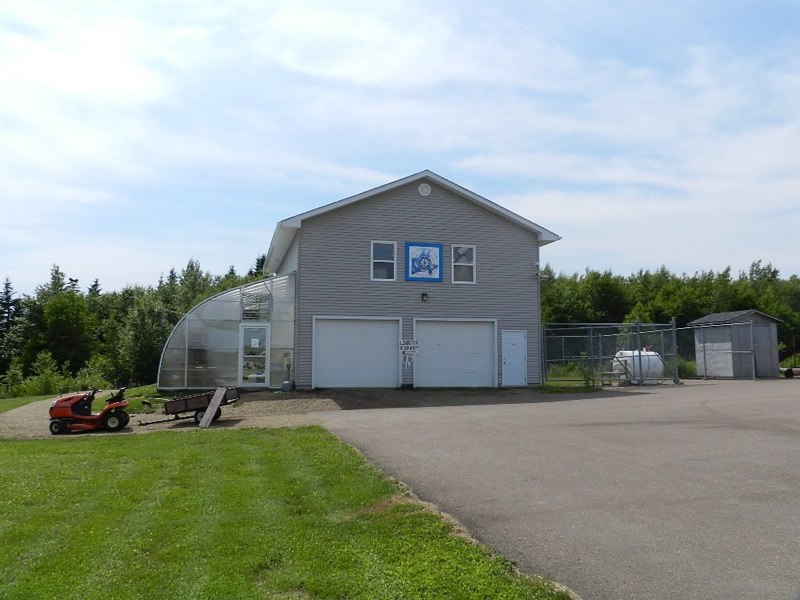
The Fort Folly Habitat Recovery Program is focused on restoring traditionally important species and their habitats, especially the critically endangered inner Bay of Fundy Atlantic salmon. Background: The program was initiated in 1993, focusing mainly on restoration projects surrounding local environmental issues. These included the restoration of local streams such as the Back Brook Dam in Dorchester, cleaning up of illegal dump sites around the local community and construction of nesting boxes for various bird species. In 1998, the first meeting for the Inner Bay of Fundy (iBoF) Atlantic Salmon Recovery Team was held in conjunction with the Department of Fisheries and Oceans for species at risk. During this time the Live Gene Bank (LGB) was established to rescue remaining iBoF Atlantic Salmon at Mactaquac hatchery for reproduction survival and in 2001 COSEWIC (Committee on the Status of Endangered Wildlife in Canada) listed the iBoF Atlantic Salmon as endangered. Since 2001, the FFHR Team has been involved with recovery actions on numerous iBoF rivers including the Big Salmon River, the Petitcodiac River and its tributaries: the Pollett & Little Rivers, and the Upper Salmon & Point Wolfe Rivers in Fundy National Park. As the lead for salmon recovery on the Big Salmon River and Petitcodiac watershed, we have partnered to become part of what is now known as Fundy Salmon Recovery. This is a unique collaboration of First Nations, industry, academia, provincial and federal governments. To find out more visit: http://www.fundysalmonrecovery.com/ Mandate: To promote the role of Aboriginal People in the assessment of ecosystem health and to work towards the restoration of species at risk and their habitats.
Our Staff
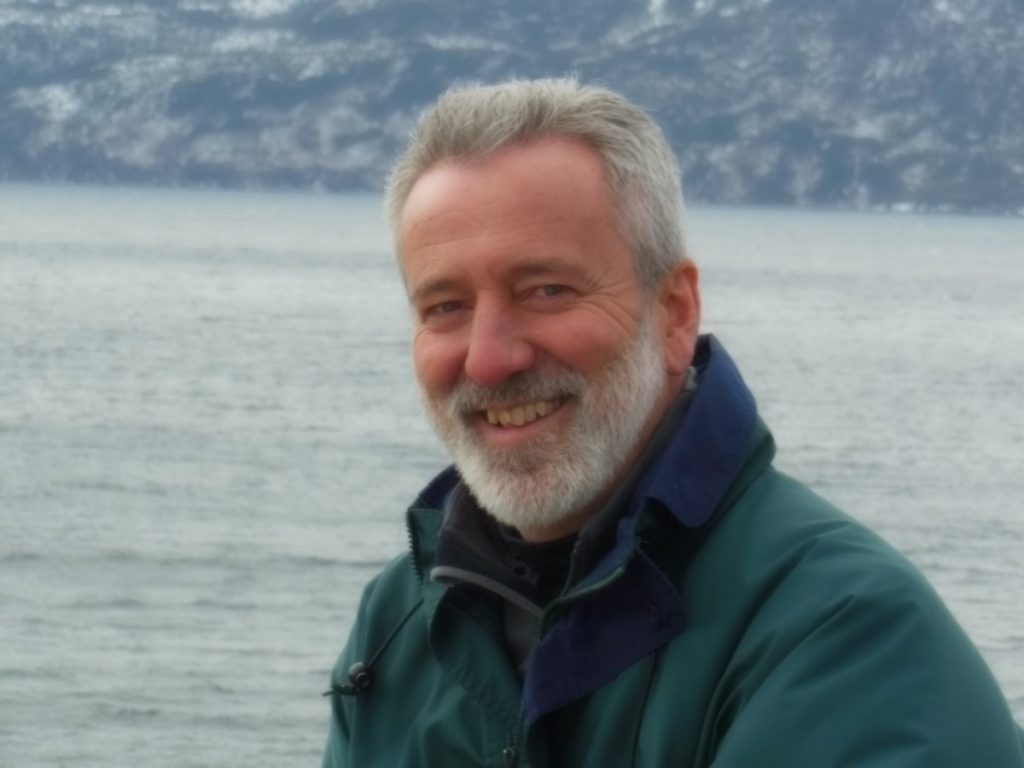
Tim Robinson
Director of Salmon Recovery
Employed since 1995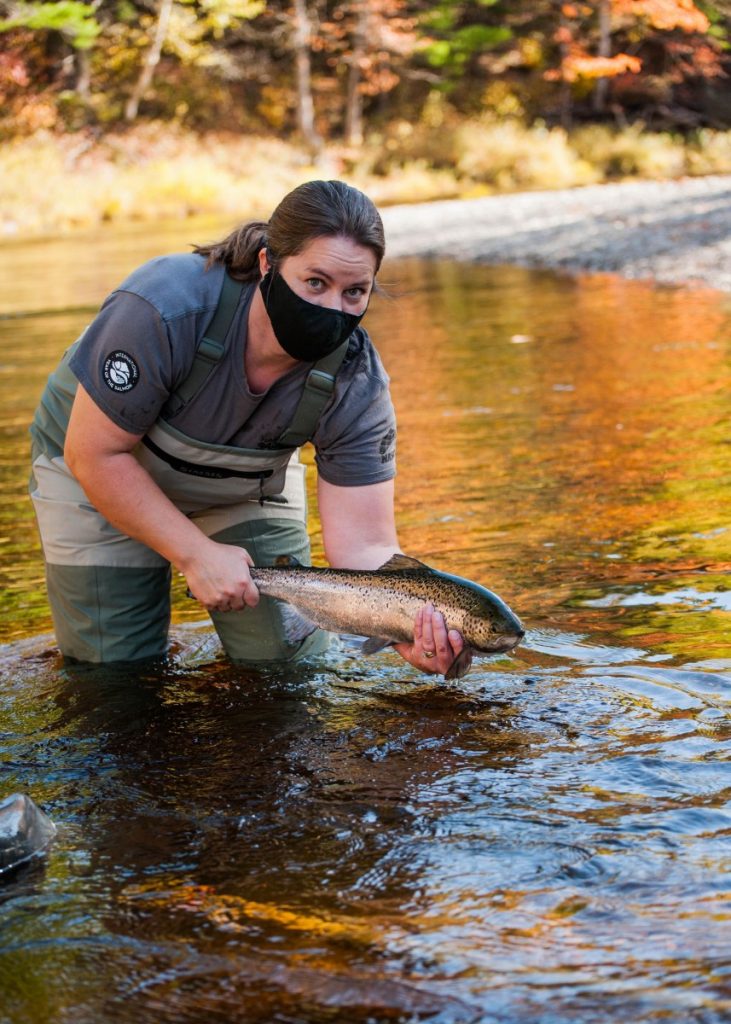
Wendy Epworth
Director of Conservation Projects
Employed since 2003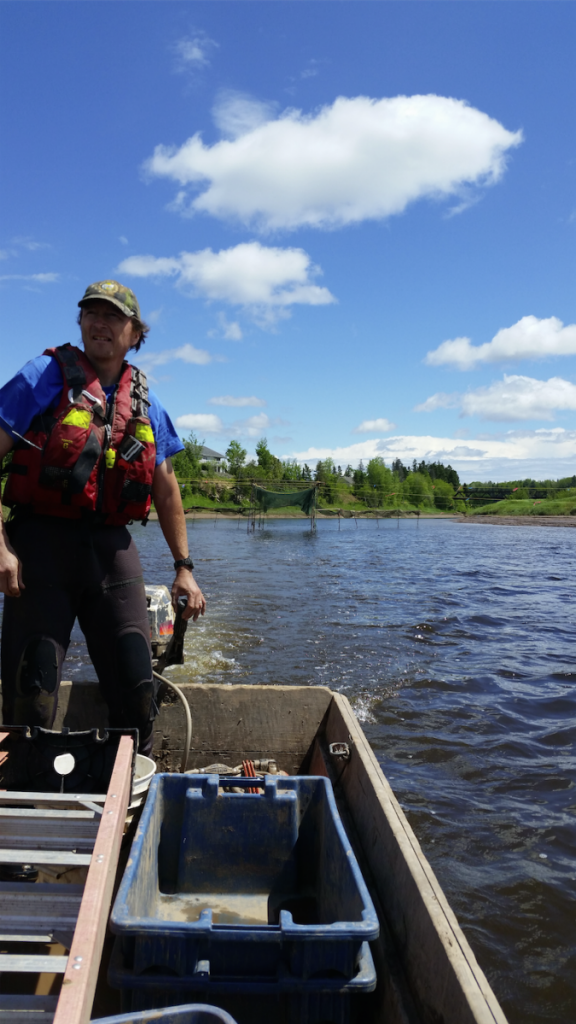
Edmund Redfield
Habitat Restoration & Monitoring Manager
Employed since 2009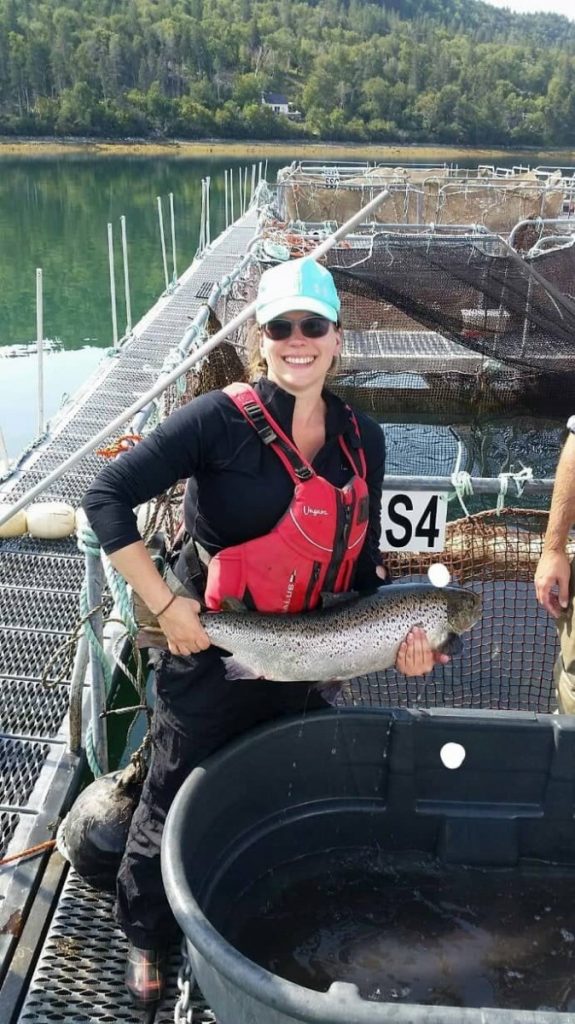
Tanya Cooper
Habitat Restoration & Monitoring Manager
Employed since 2014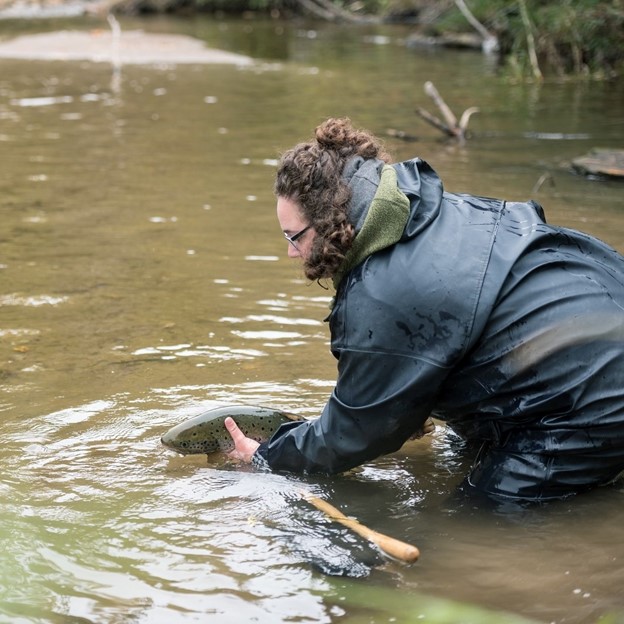
Alanah Bartlett
Salmon Recovery & Hatchery Operations Manager
Employed since 2018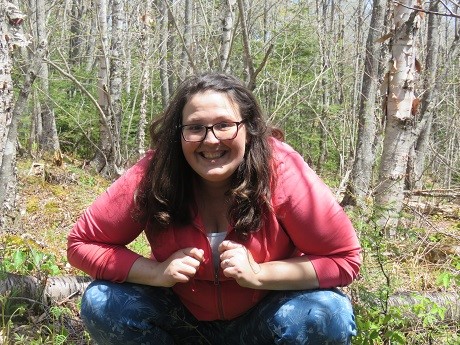
Michelle Knockwood
Land Based Projects Coordinator
Employed since 2001
Sam Rogers
Habitat Restoration & Monitoring Technician & Communications
Employed since 2017
Kerry Lee Morris-Cormier
Indigenous Protected and Conserved Area Project Coordinator
Employed since 2019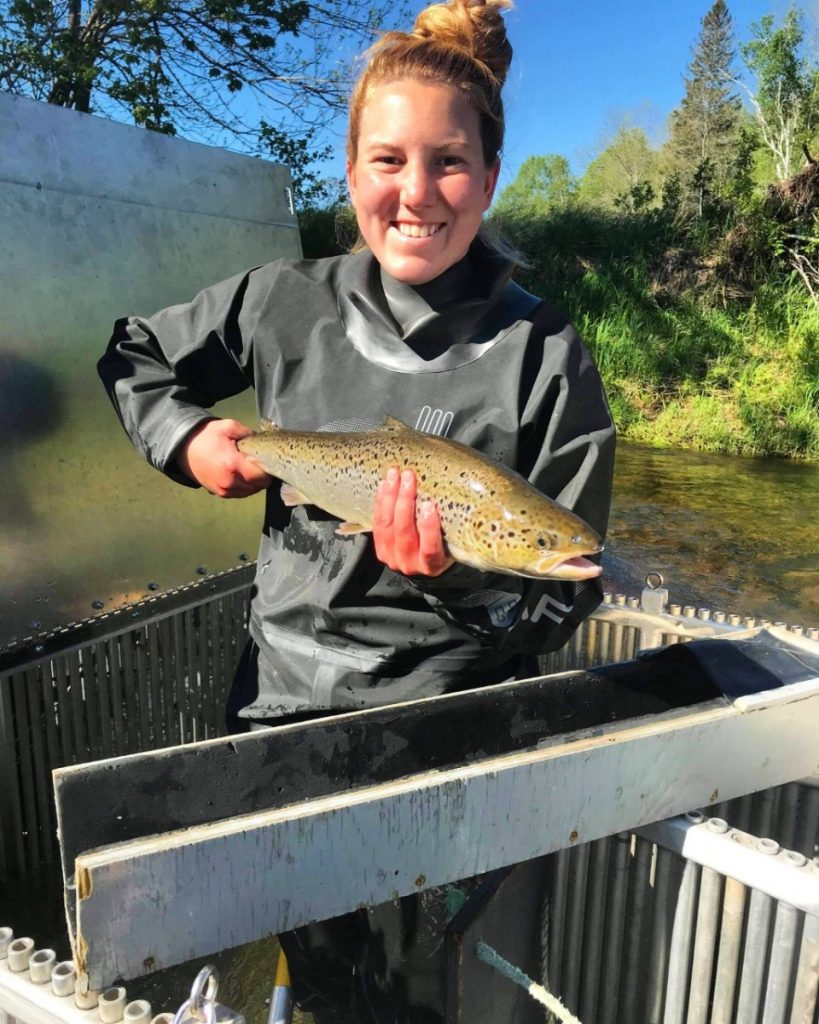
Alison Luff
Salmon Recovery Manager
Employed since 2020
Adrian Wyche
Salmon Technician
Employed since 2021
Anthony Chappell
Operations Staff
Employed since 2021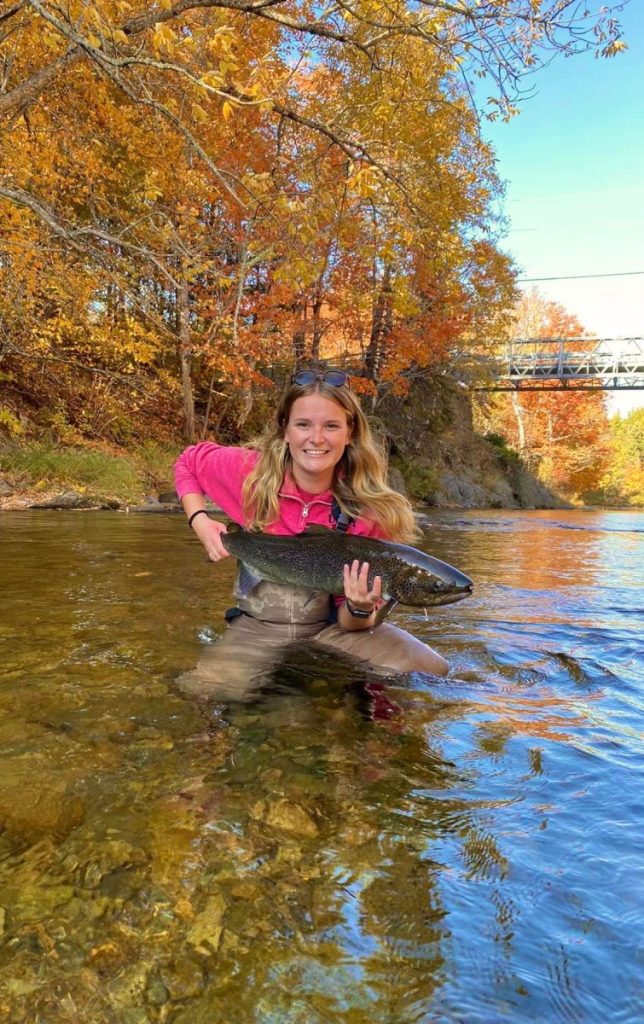
Maegan Burtt
Salmon Technician & Communications
Employed since 2022

